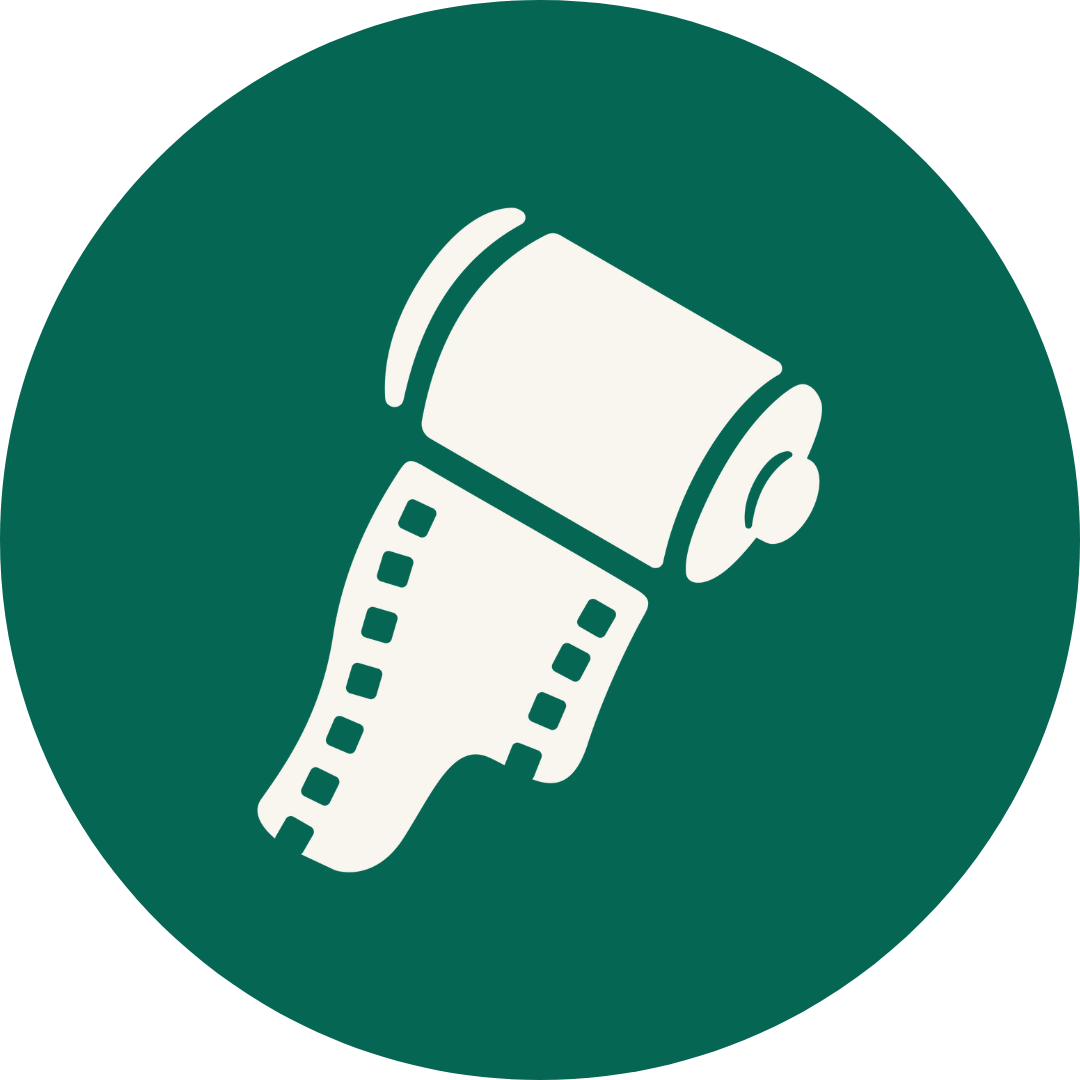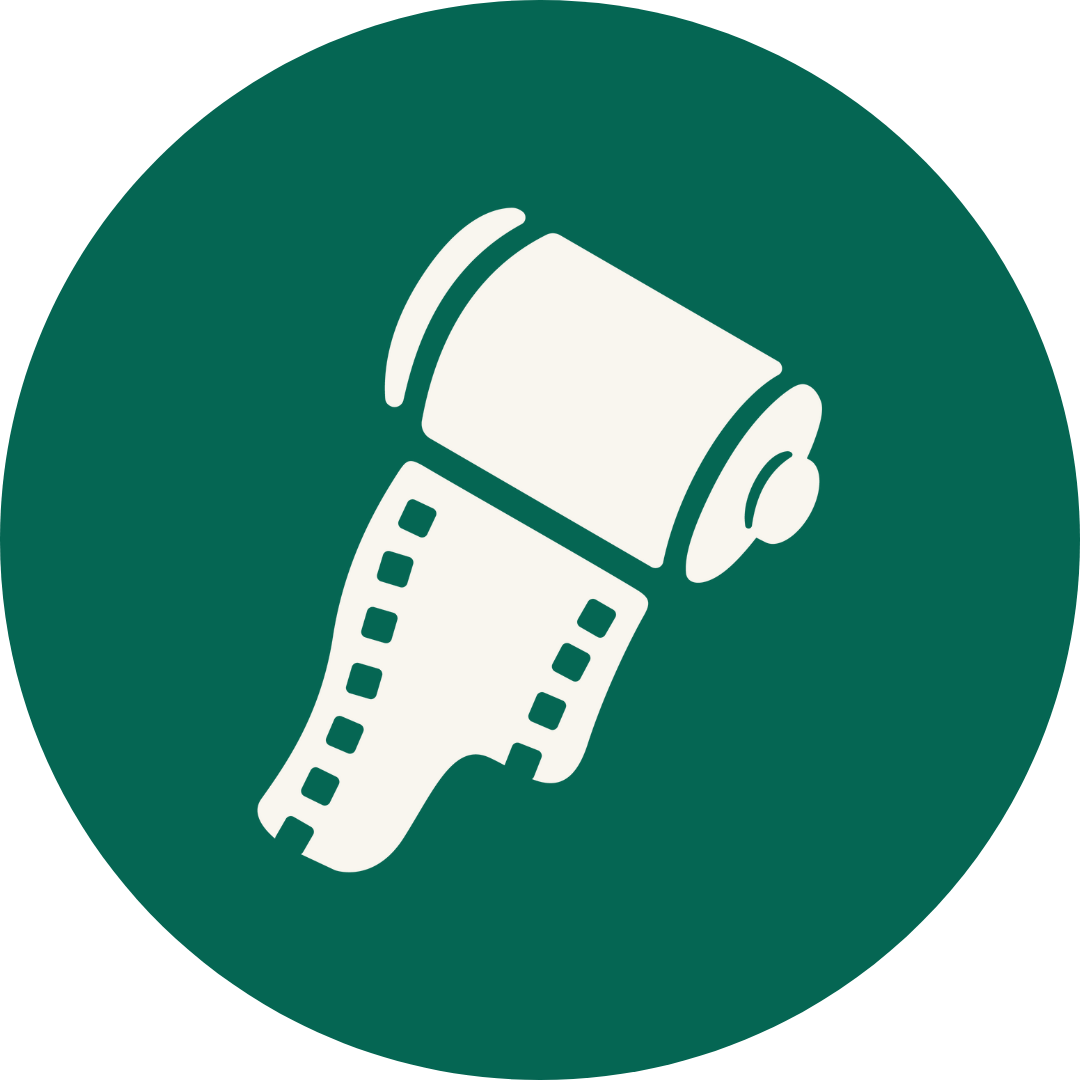How do I physically drop off my film?
You can drop off at 49A Chun Tin Road, S (599623). Take the DTL to Beauty World station and go up Exit B. Walk about 5 mins up Chun Tin Road till you see 49A on your left. The drop off box is located on the left of the temple on the 1st floor. Please ensure you bring your own ziplock bag and write your name on your parcel so that I know it's you.
Which Scan Resolution should I go for?
Small Resolution/4-base is not recommended for most purposes. People pick this option when they want to see how pictures turn out when, for example, testing a newly bought camera. On occasion, Small Resolution will turn out slightly pixelated on Instagram stories and posts.
Medium Resolution/16-base is the most popular and highly recommended scan size. It is suitable for social media, websites, and light printing (up to 10R) with minimal pixelation.
Large Resolution/64-base is the beast of all. The file sizes are huge so pick this option only if you have the need to do large format printing or excessive cropping.
What is the difference between TIFF and JPEG files? Do I need TIFF?
TIFFs are RAW files offering 16 bits of dynamic range per RGB channel. Compared to 8-bit JPEGs, both have the same resolution but TIFFs store more information (dynamic range) for post-processing purposes, hence the bigger file size. Only choose TIFF scans if you plan to edit colour or exposure of your pictures to prevent compression or pixelation. If you do not plan to edit or add filters to your pictures, JPEGs are sufficient.
Do you develop Disposable Cameras?
Yes we do! There is no surcharge for disposables. Just send your whole disposable camera in and we'll take care of it for you. You can try to retrieve the film to save on postage cost as well, there are plenty of guides online.
How long does it take for me to receive my pictures?
Please refer to up-to-date lead times in the form fill up section.
Can you push colour C41 film?
No we do not.
Can I use on-demand courier services such as Grab or Lalamove to mail my film in?
Yes you can give instructions to the driver to drop it off at my drop off box.
I have not downloaded my pictures from Google Drive and the link does not work anymore... what now?
You have 7 days to download and save them onto your computer upon receiving the link. It is very important for you to download them instead of adding them to your Google Drive. DO NOT add them to your Google Drive because once the file is deleted on our side, they will disappear from your drive as well.
If you have missed the download time period, contact us via Instagram DM and provide your name, email and Order Number (e.g. #3022). If available, we will upload them for you again. If not, I'm afraid you have to send your film in for scanning again.
Why does my expired film produce bad pictures? I've shot loads of expired film before and have never had this issue!
Film expiry is a massively painful topic and issue that film shooters will encounter one way or another. In a nutshell, film expires at different speeds and it all depends on the conditions they're kept in, which is based on a few key factors:
1. Heat - The biggest player that causes film to expire is heat. We're not talking about heat from the oven or a fire, but even room temperature is enough to catalyze expiration. As a rule of thumb, always fridge your film enclosed in a ziplock or its own container. Even better, just freeze it.
2. Shelf life - In the right conditions (stated on the box), film is supposed to 'resist' the effects of expiration to a given expiration date. You can prolong the expiration by keeping the film in even better conditions that that stated on the box. Also, it is always good to store film with the box it came it so that you know when it expires. Expiry dates are not printed on the film canister itself so beware!
3. Handling - Any bumps or dents to the canister will inevitably cause light leaks, even on a micro level. The metal canister the negative is stored in is perfectly round with a small slit to allow the film to come out. If you dent the shape of the canister, there is a high chance of this slit being warped and the gap to be widened which will allow light in over time.
4. Humidity - A big problem (especially for us in Singapore). Film is made from organic material so where its dark + humid, you can expect fungus to grow on your negatives before or even after they've been shot/developed. On the flip side, I've heard that storing film in dry cabinets is not ideal as well because the overly dry environment will somehow deteriorate your negatives (unproven and it's only something I've heard!). Again, the best is to always freeze your film so that it extends the organic material's lifespan before it decays.
4. The seller/manufacturer - Not all film are created equal or treated equally. Let's start with the manufacturer... some film, i believe, deteriorate faster than another. That's because each model or brand of film is made from different materials (big reason why Fuji Pro400H is discontinued because one of the rare elements became even more rare!). Each element has a different rate of deterioration and they respond differently to the environment. In a nutshell, just because you bought multiple rolls of film from a single shop on the same day doesnt mean that all the films expire on the same rate. Speaking about sellers, most of the film shops in singapore don't have film fridges. They also buy a lot of film in bulk before retailing them so you can expect the film to be exposed to the aforementioned conditions before they're sold to you. As a rule of thumb, always buy film with at least a year before its expiration just to be safe
How do I get my negatives back?
By Singpost local mail. When you fill up our Order Form, you have to provide your mailing address and pay for the return of your negatives or choose to have them disposed. The price of mailing also includes the cutting and sleeving of your negatives, the envelopes provided (high quality ones!) and the stamps used for Singpost local mail. There is no physical pickup available because the price of returning negatives includes the sleeves (which are getting more expensive!)
Can you help me store my negatives?
Unfortunately no. We are still trying to return a large amount of negatives and have ran out of space to store new ones.
Do you provide E6 or Slide developing and mounting?
No, unfortunately. However, if you have already developed slides which are unmounted, we can scan them for you.
Can I pay by cash?
No, we only accept Paynow.
I do not live in Singapore, how can I send my film in and pay?
The mailing process is the same. For payment, please get in touch with me to discuss payment options.
Is developing the same as printing?
No it is not. The term "developing" used on this website refers to the processing (some call it washing) of your film in chemicals before they can be scanned or printed.
I expected my Kodak/Fuji film to turn out a bit more warm/cool. Why did it not meet my expectations?
The colour of the final image you receive is a factor of 3 fundamentals: Environment, Film stock and Camera/Lens, and Film Lab used.
Environment: The colour of the sun varies across the globe. Assuming you use the same film stock and camera and film lab, and shoot a picture outdoors in Singapore and San Francisco, you will notice a difference in the color of the light. The same principle goes for indoor lighting - you can't expect Kodak Portra to look the same when taking pictures in Tungsten vs Fluorescent lighting.
Film Stock and Camera: Every film brand has a unique and particular colour profile. Shooting 2 different film stock in the same lighting will yield different tones. Some of these variables include contrast, white balance, dynamic range, saturation, and a lot more. Also, how you meter your camera - whether to over or underexpose your film - will yield different results. Camera lenses also reproduce contrast and colour differently. Some lenses are more contrasty than others. A faulty lens with scratches or fungus will lead to misty highlights and lack of sharpness, which causes colour spillage.
Film Lab: This is the more technical side of film photography, and within this, there are many variables as well. In a nutshell, the differences are in the brand and temperature of developing chemistry used by your lab, scanner (operator and machine) and colour profile software, and physical handling of the film. This is why choosing a trustworthy lab is important. For instance, each scanning operator (lab uncle/aunty) interprets light and colour differently. They then apply judgment in tweaking your scans which changes the outcome of your pictures. Hence it is the job of your lab to visually inspect and correct any anomalies in your pictures at the scanning stage. Truth be told, your lab has a lot of say in how your pictures turn out. To get the best results, always give labs your feedback and preferences.

